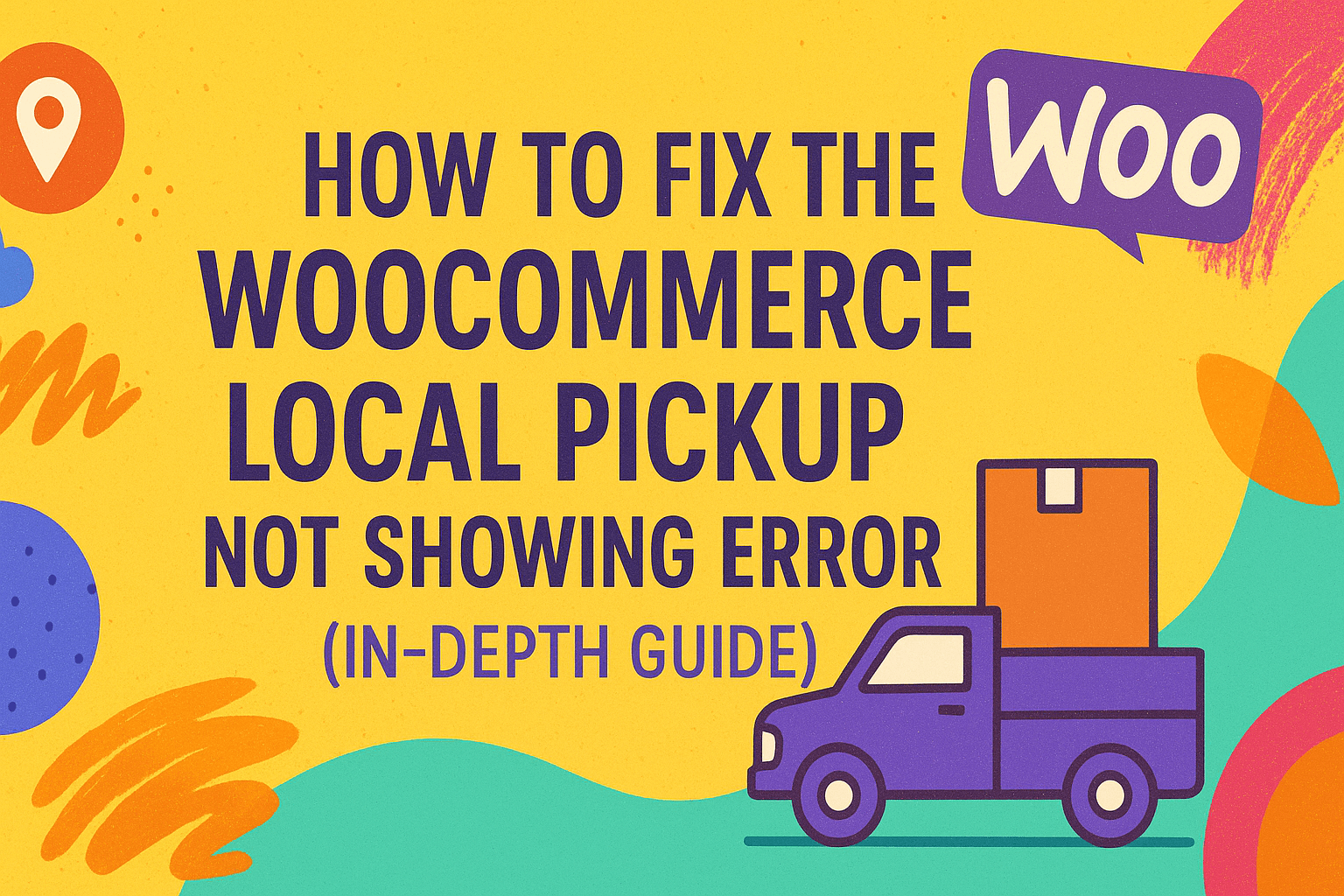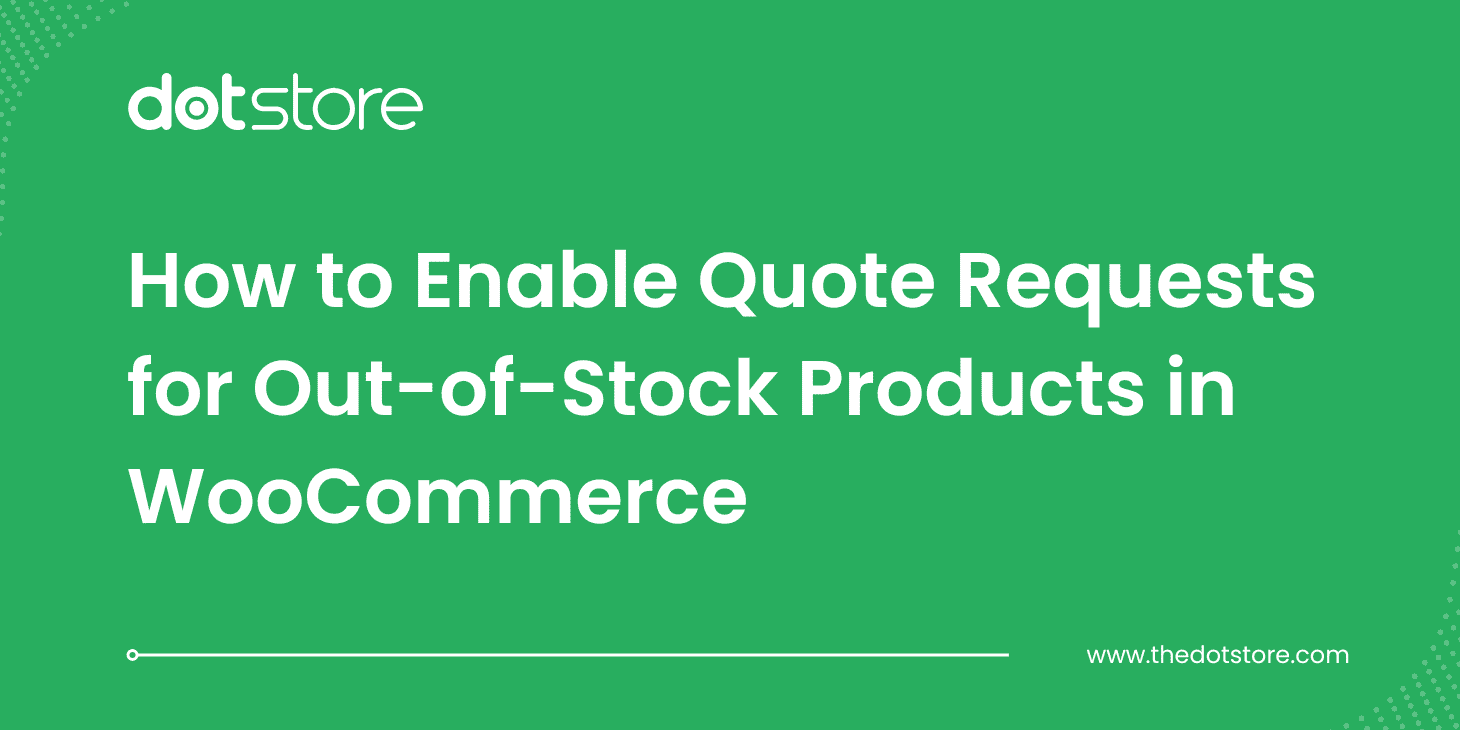Table of Contents
When running an online store, payment options can make or break your success. They’re not just a way to collect money; they’re a crucial part of the customer experience. Offering the right mix of payment methods can be the difference between a completed sale and an abandoned cart. This article dives into the world of alternative payment options for WooCommerce stores.
We’ll explore why expanding beyond traditional payment methods matters and how it can boost your business. Whether you’re looking to cater to a global audience or simply want to offer more convenience to your customers, understanding these alternative payment options is key to staying competitive in the e-commerce landscape.
Understanding the Role of Payment Options in WooCommerce
Payment options in WooCommerce aren’t just a technical necessity—they’re a powerful tool for growing your business. Think about it: every time a customer reaches your checkout page, they’re making a decision. Not just about whether to buy your product, but also about whether they can pay for it in a way that’s convenient for them.
Offering multiple payment options is like casting a wider net. The more payment methods you offer, the more likely you are to catch customers who prefer different ways of paying. Some folks swear by credit cards, others prefer PayPal, and an increasing number are looking for newer options like digital wallets or buy-now-pay-later services.
But it’s not just about variety. It’s about meeting customers where they are. In some countries, credit cards aren’t as common as they are in the US or UK. By offering payment methods popular in different regions, you’re opening your store to a global market.
Integrating payment gateways into WooCommerce is generally straightforward, thanks to its plugin architecture. Many popular payment gateways offer dedicated WooCommerce plugins that you can install with just a few clicks. Once installed, you’ll typically need to set up an account with the payment provider and enter your credentials in the plugin settings.
Remember, payment options aren’t just for online transactions. If you’re running a physical store alongside your online presence, you might want to consider POS systems. These systems can help you seamlessly integrate your in-person and online sales, giving you a unified view of your business.
The key is to think about payment options not as a technical hurdle to overcome, but as a strategic business decision. By offering the right mix of payment methods, you’re not just processing transactions—you’re providing convenience, building trust, and ultimately, growing your business.
Traditional Payment Methods in WooCommerce
When we talk about traditional payment methods in WooCommerce, we’re mainly looking at credit card payments and PayPal. These are the old reliables of the e-commerce world, and for good reason. They’re widely accepted, relatively easy to set up, and trusted by consumers.
Credit card payments, processed through gateways like Stripe or Authorize.net, are the backbone of online transactions. They’re quick, familiar, and work well for both one-time purchases and recurring payments. PayPal, on the other hand, offers a layer of security that some customers prefer, allowing them to make purchases without sharing their financial information directly with the merchant.
But these traditional methods aren’t without their limitations. For starters, not everyone has a credit card or feels comfortable using one online. PayPal, while popular, isn’t available in all countries. Both options can also come with hefty transaction fees that eat into your profits, especially if you’re dealing with international sales.
There’s also the issue of cart abandonment. Sometimes, customers get to the checkout page and realize their preferred payment method isn’t available. Or they might be put off by the process of entering their card details, especially on mobile devices.
This is where alternative payment options come in. By expanding beyond the traditional methods, you’re addressing these limitations head-on. You’re giving customers more choices, potentially reducing transaction fees, and opening up your store to markets where credit cards and PayPal might not be the norm.
In essence, while traditional payment methods are still important, they’re no longer enough on their own. The e-commerce landscape is evolving, and customer expectations are changing with it. To stay competitive, it’s worth exploring what else is out there.
Popular Alternative Payment Options
The world of alternative payment options is vast and varied. Let’s break down some of the most popular ones you might consider for your WooCommerce store.
Digital wallets, like Apple Pay and Google Pay, are gaining traction fast. They offer a streamlined checkout process, especially on mobile devices. Customers can complete their purchase with just a fingerprint or face scan, making impulse buys easier than ever.
Buy Now, Pay Later (BNPL) services are the new kids on the block. Platforms like Klarna and Afterpay allow customers to split their purchase into installments, often interest-free. This can be a game-changer for higher-priced items, making them more accessible to a wider range of customers.
Cryptocurrency payments are still niche, but they’re worth considering if you’re in a tech-savvy market. Accepting Bitcoin or Ethereum can set you apart from competitors and attract a specific customer base.
Bank transfers and direct debits are old school, but they’re still popular in many parts of the world. They’re especially useful for B2B transactions or recurring payments, In the meantime, mobile payment solutions are huge in some markets. Venmo in the US and LiqPay in Ukraine are examples of region-specific options that can make a big difference in local markets.
Each of these options has its pros and cons. Digital wallets and BNPL services can increase conversion rates but might come with higher fees. Cryptocurrency can attract a niche audience but requires some technical know-how to implement. Bank transfers are cheap to process but can be slower than other methods. The key is to understand your target market and offer a mix of payment options that cater to their preferences.
Benefits of Offering Alternative Payment Options
Adding alternative payment options to your WooCommerce store isn’t just about keeping up with the latest trends. It’s a strategic move that can significantly impact your bottom line.
First off, you’re expanding your customer base. By offering a variety of payment methods, you’re essentially opening your doors to customers who might have walked away if their preferred payment option wasn’t available. This is particularly true for younger consumers who might prefer digital wallets or BNPL services over traditional credit cards.
Speaking of walking away, alternative payment options can be a powerful tool for improving conversion rates and reducing cart abandonment. How many times have you personally abandoned a purchase because the checkout process was too cumbersome? By offering quick and easy payment methods like Apple Pay or Google Pay, you’re smoothing out the path to purchase.
If you’re eyeing global markets, global payment options are a must. Payment preferences vary widely from country to country. In some parts of Europe, bank transfers are preferred over credit cards. In China, mobile payment apps reign supreme. By offering local payment preferences, you’re showing customers that you understand and value their needs.
Perhaps most importantly, offering a range of payment options can enhance customer loyalty and satisfaction. It shows that you’re willing to go the extra mile to make their shopping experience convenient and enjoyable.
Security Considerations for Alternative Payment Options
While alternative payment options offer numerous benefits, they also come with their own set of security considerations. As an e-commerce store owner, it’s crucial to prioritize the safety of your customers’ financial information.
PCI compliance is a big deal, regardless of what payment methods you’re using. It’s a set of security standards designed to ensure that all companies that accept, process, store or transmit credit card information maintain a secure environment. When implementing alternative payment options, make sure they’re PCI compliant. Many reputable payment gateways handle PCI compliance on your behalf, but it’s always worth double-checking.
Protecting customer data and preventing fraud should be at the forefront of your mind. Each new payment method you add is potentially another entry point for cybercriminals. Implement strong authentication measures and keep your WooCommerce installation and all plugins up-to-date to patch any security vulnerabilities.
SSL certificates are non-negotiable. They encrypt data transferred between your customers and your site, adding a crucial layer of security. Make sure your SSL certificate is valid and properly installed. Some payment gateways won’t even work with sites that don’t have SSL certificates.
When it comes to secure payment processing, not all payment gateways are created equal. Look for secure gateways that offer features like tokenization (replacing sensitive data with non-sensitive equivalents) and fraud detection tools.
Conclusion
We’ve covered a lot of ground in exploring alternative payment options for WooCommerce. From digital wallets and BNPL services to cryptocurrencies and mobile payment solutions, there’s a wide array of options to consider beyond traditional credit card payments and PayPal.
The key takeaway? Diversifying your payment methods isn’t just about keeping up with trends—it’s about providing a better shopping experience, reaching more customers, and ultimately, growing your business. By offering the right mix of payment options, you can reduce cart abandonment, tap into global markets, and build customer loyalty.
But remember, it’s not a one-size-fits-all solution. Take the time to understand your target market and their payment preferences. Start small, perhaps with one or two alternative options, and monitor their performance. And always, always prioritize security.
In the ever-evolving world of e-commerce, staying flexible and open to new payment technologies can give you a significant edge. So go ahead, and explore these alternative payment options—your customers (and your bottom line) will thank you.



